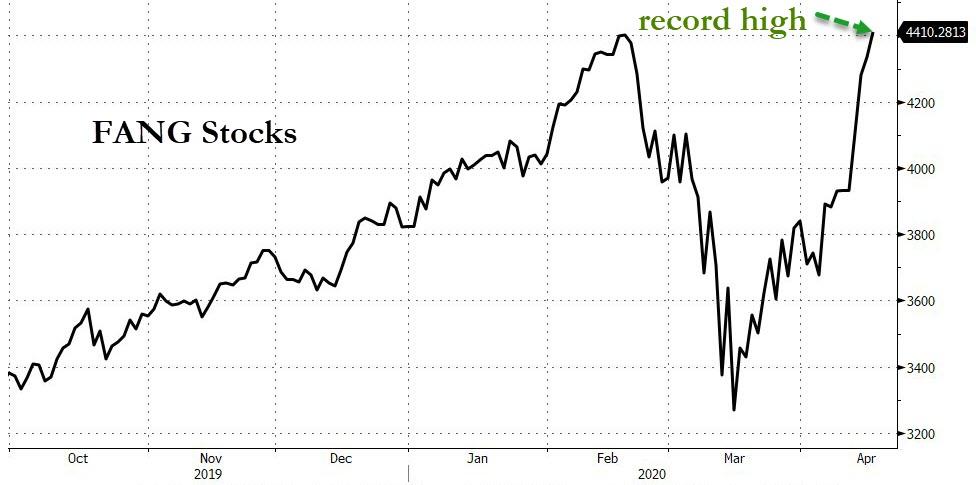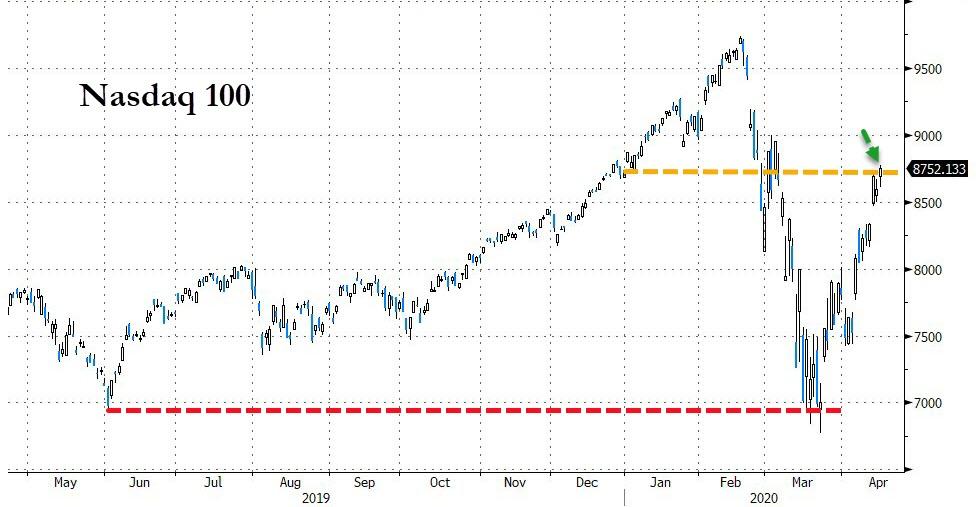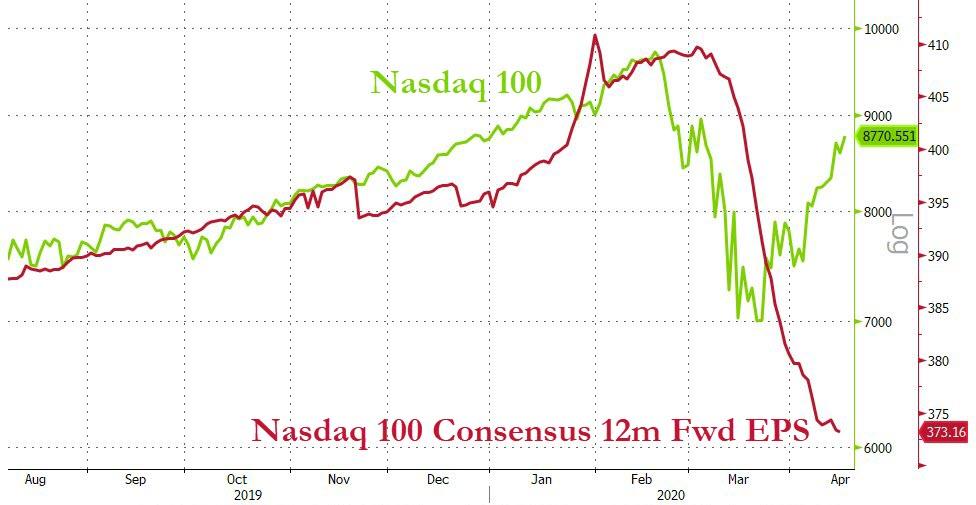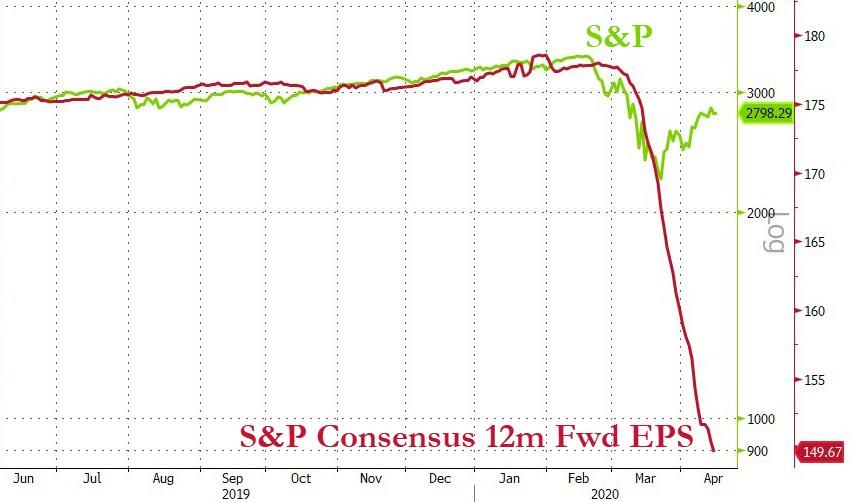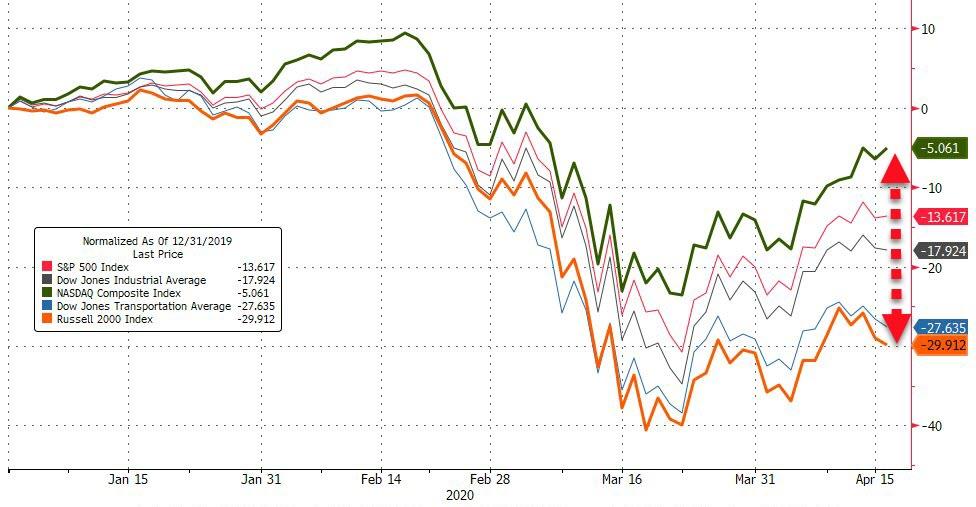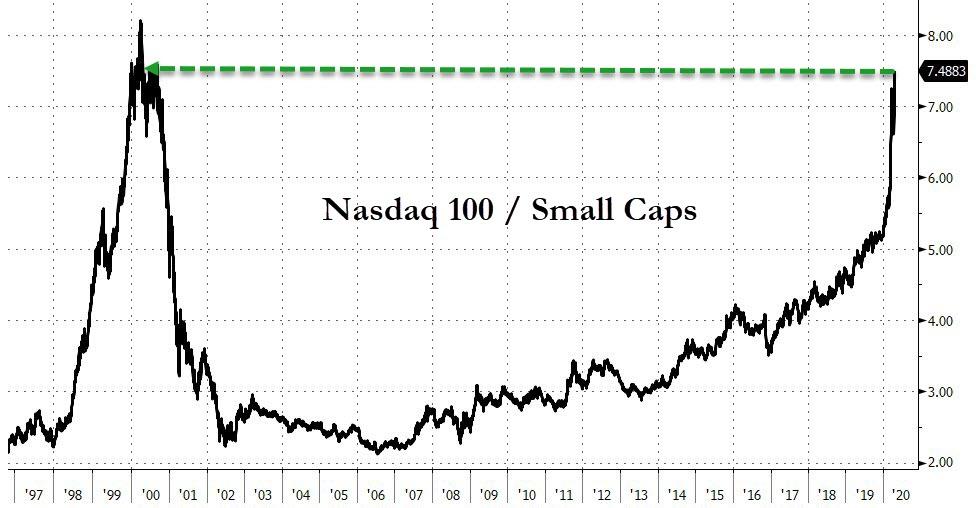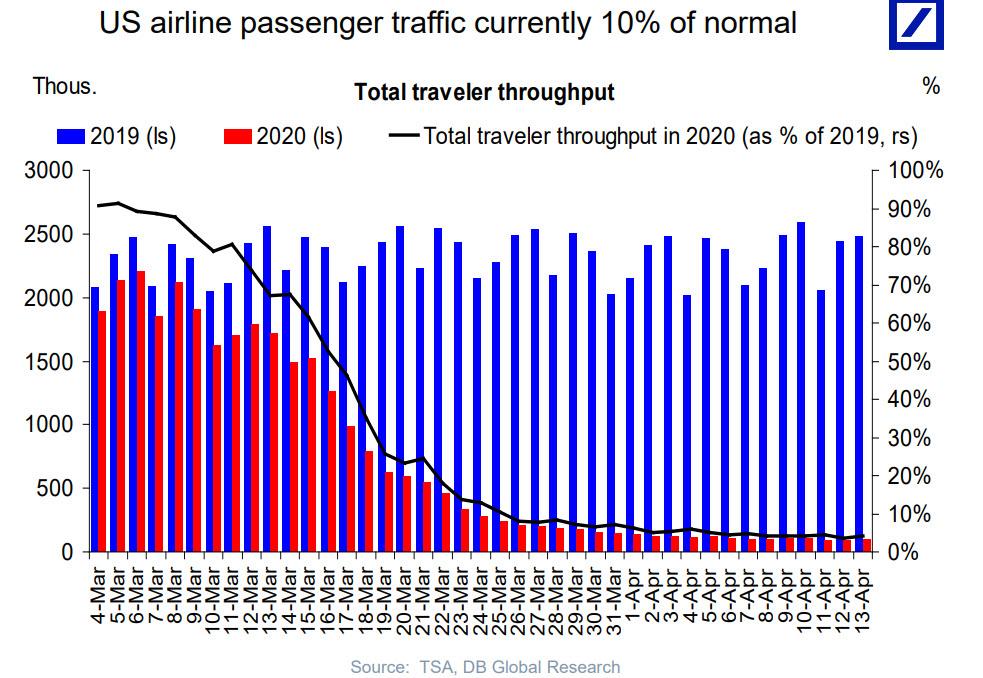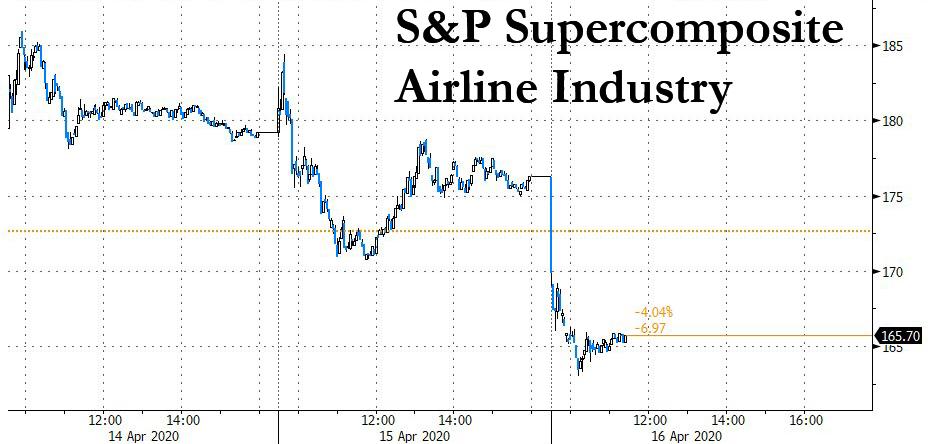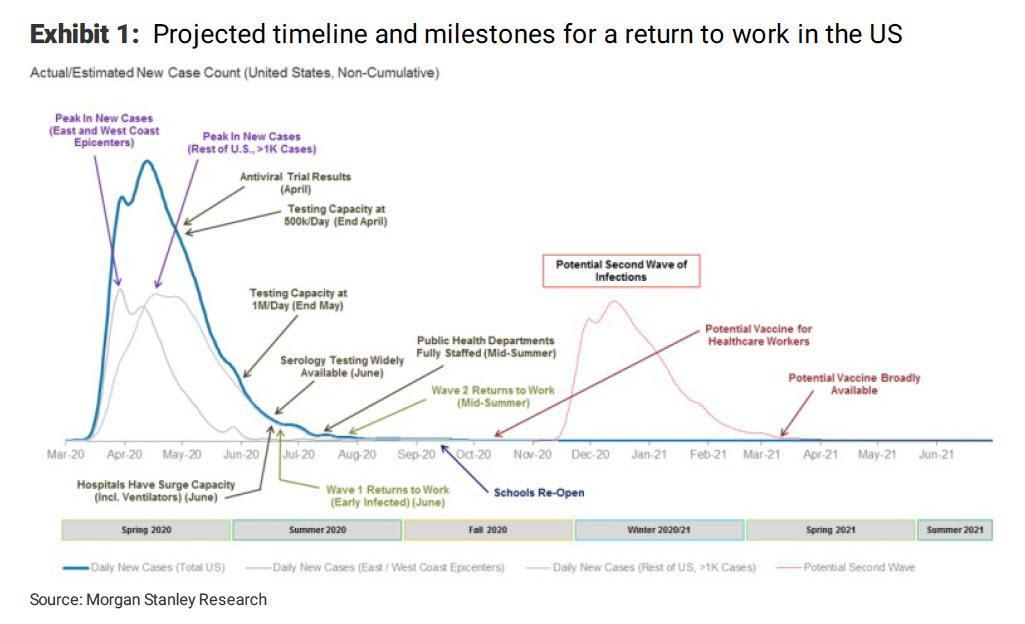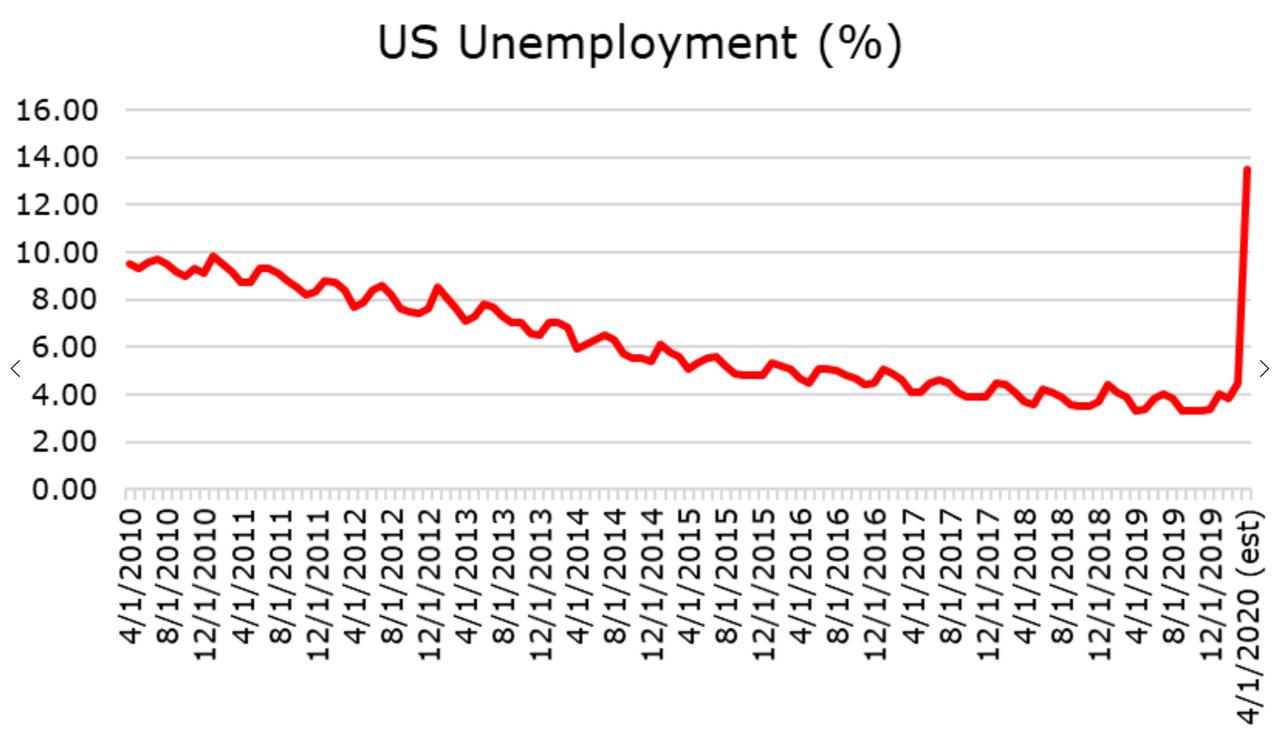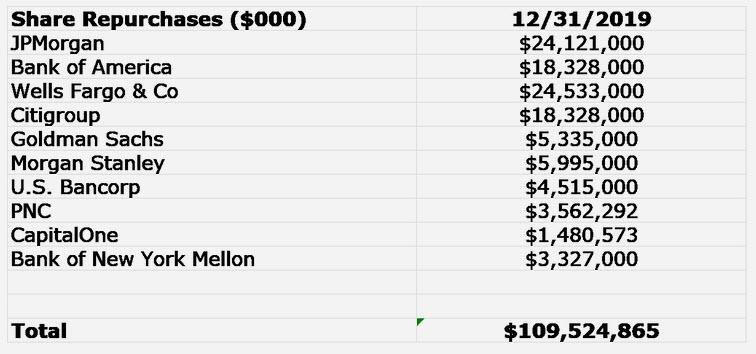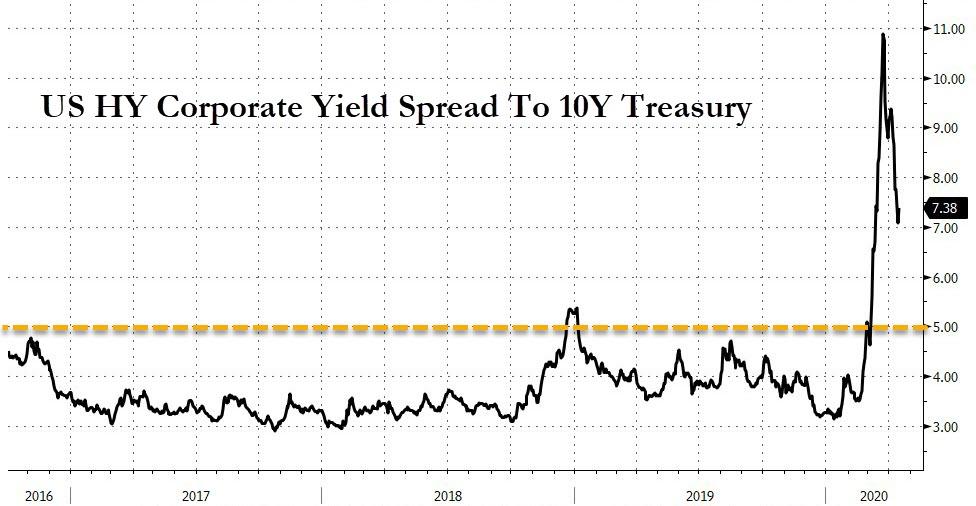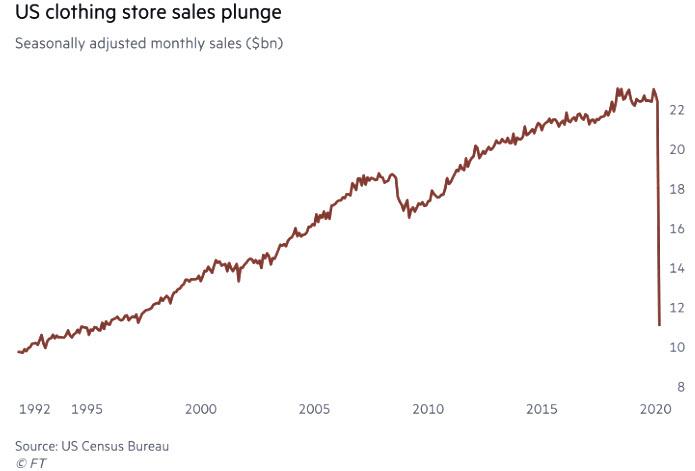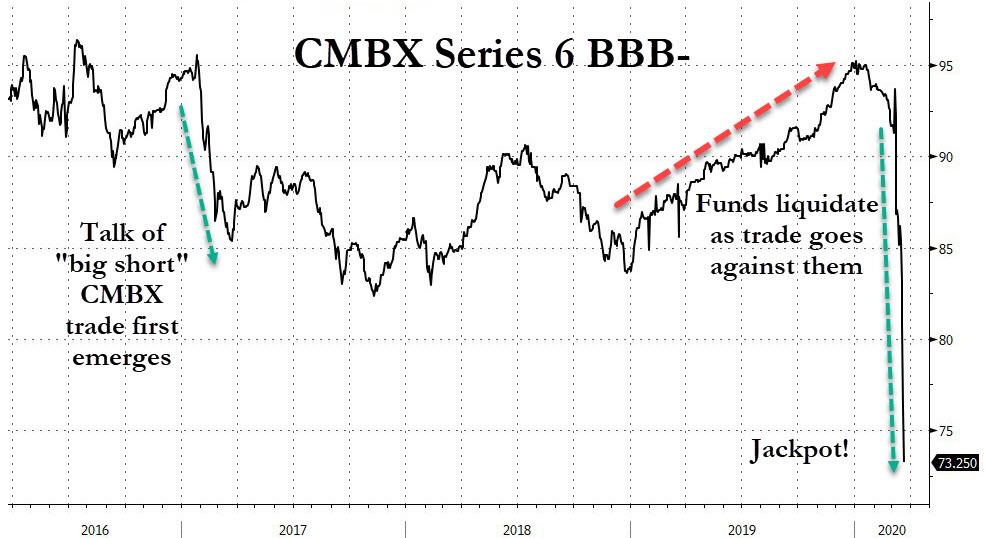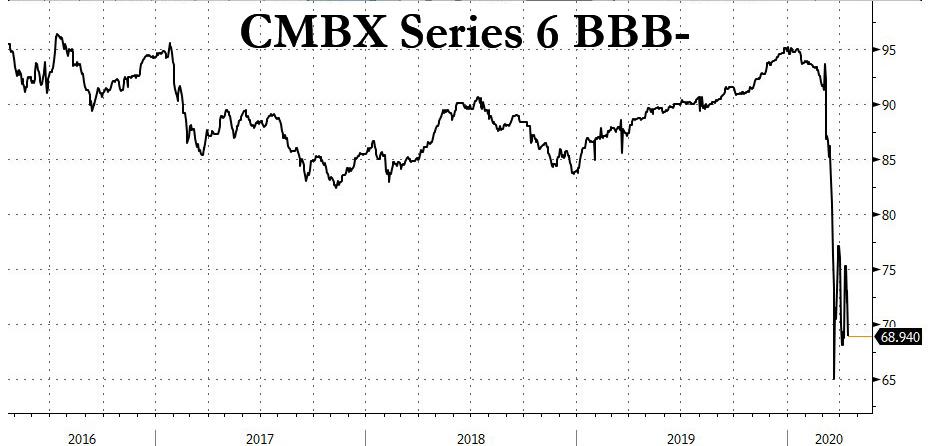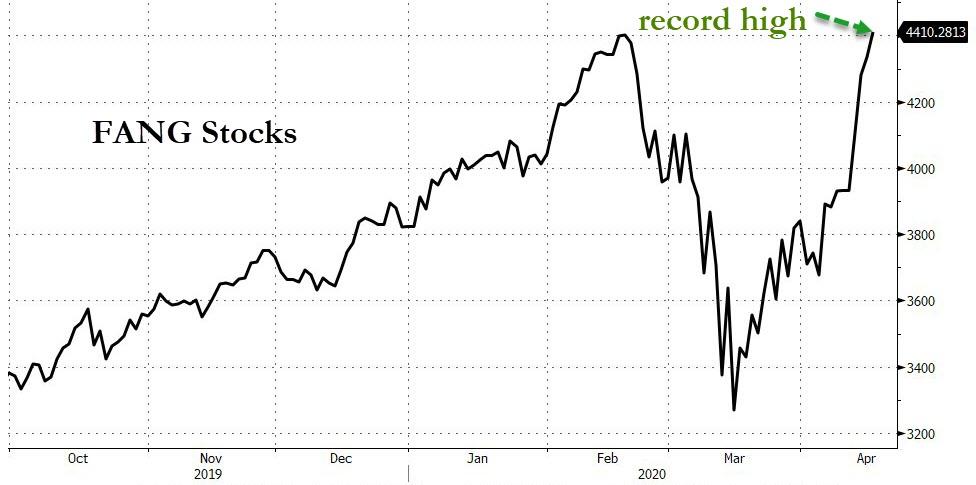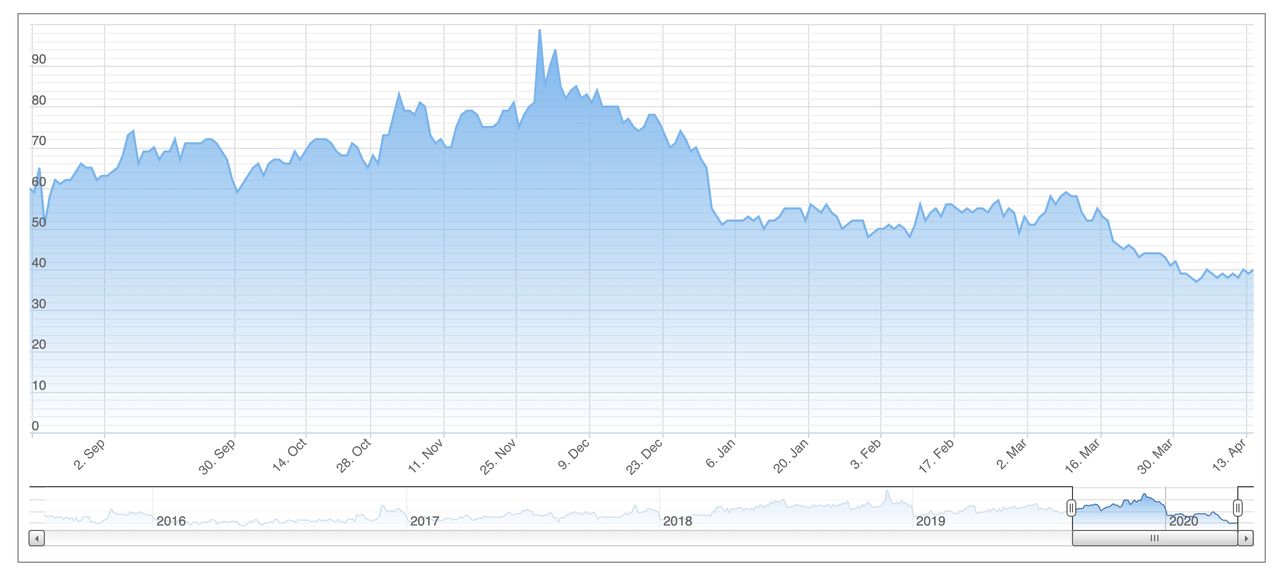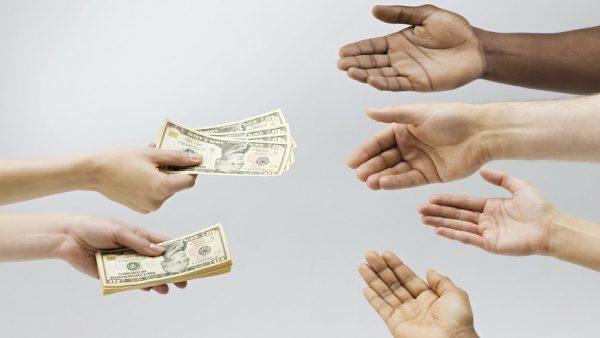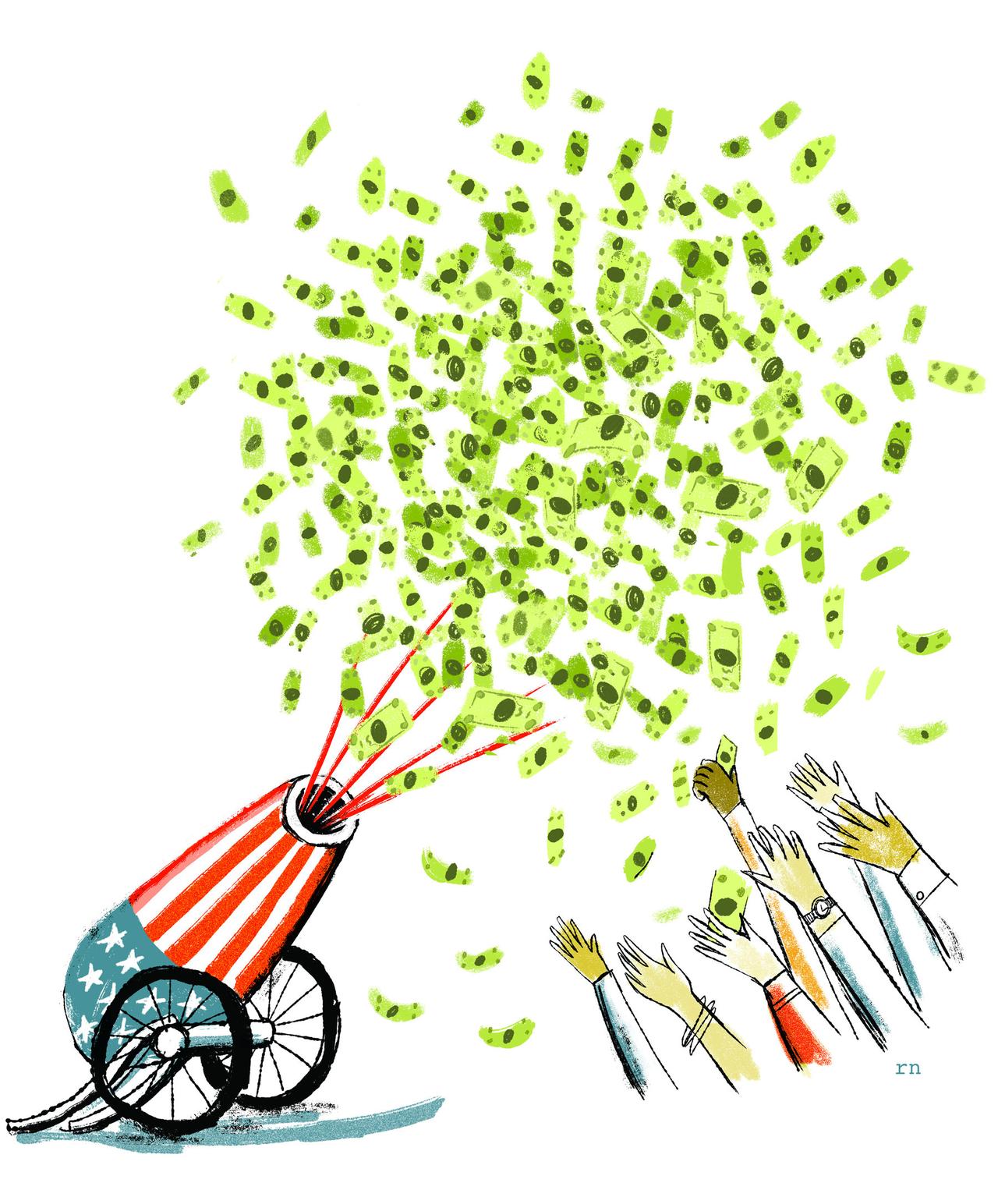US Sailors Among 668 Infected On French Aircraft Carrier Charles de Gaulle
Last week we reported that yet another aircraft carrier had been diverted from its mission due to a coronavirus outbreak among crew following the USS Theodore Roosevelt fiasco, but in the latest case it was France’s lone nuclear-powered aircraft carrier, the Charles de Gaulle, forced to return home early from deployment in the Atlantic while en route to a routine mission in the Middle East region.
Initially some some 40 sailors had been put under medical observation for coronavirus as of a week ago, but now a whopping one-third of the entire crew have tested COVID-19 positive – 668 out of nearly 2,000 – according to the French Navy.
It was revealed at the start of the week that American sailors are also on board, likely in support of recent NATO exercises the carrier was involved in. At least two Americans are confirmed positive, after the ship docked at the port of Toulon and as testing ramped up.

And two additional Americans are in quarantine and being monitored for symptoms. “Two of four U.S. Sailors assigned to the French nuclear-powered aircraft carrier FS Charles de Gaulle (R91) tested positive for COVID19 and are receiving excellent host nation medical care at French facilities,” a Navy spokesman told CNN.
Currently, at least 20 French sailors are in the hospital, including one in intensive care. It’s believed the numbers of infected are further set to rise rapidly as it’s been reported 30% of test results have yet to come back.
Like the USS Theodore Roosevelt docked at Guam, which also saw its cases spike to nearly 600 as of early this week, the French carrier is now in quarantine, after cutting short its deployment by ten days.
Before being diverted it was to continue France’s Operation Chammal in support of anti-ISIL missions in the Middle East.
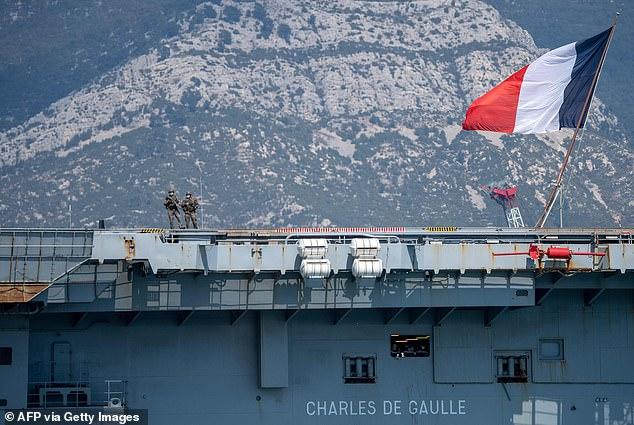
No doubt enemies of the United States and Europe are taking note of the ease with which this virus took out multi-billion dollar state-of-the-art aircraft carriers, which up to now appeared unbeatable and unable to be thwarted from their missions.
As we noted before, Chinese state media is positively boastful about it, using these developments to brag that its PLA navy hasn’t been impacted, supposedly.
Tyler Durden
Thu, 04/16/2020 – 12:10
via ZeroHedge News https://ift.tt/3a9znRb Tyler Durden
